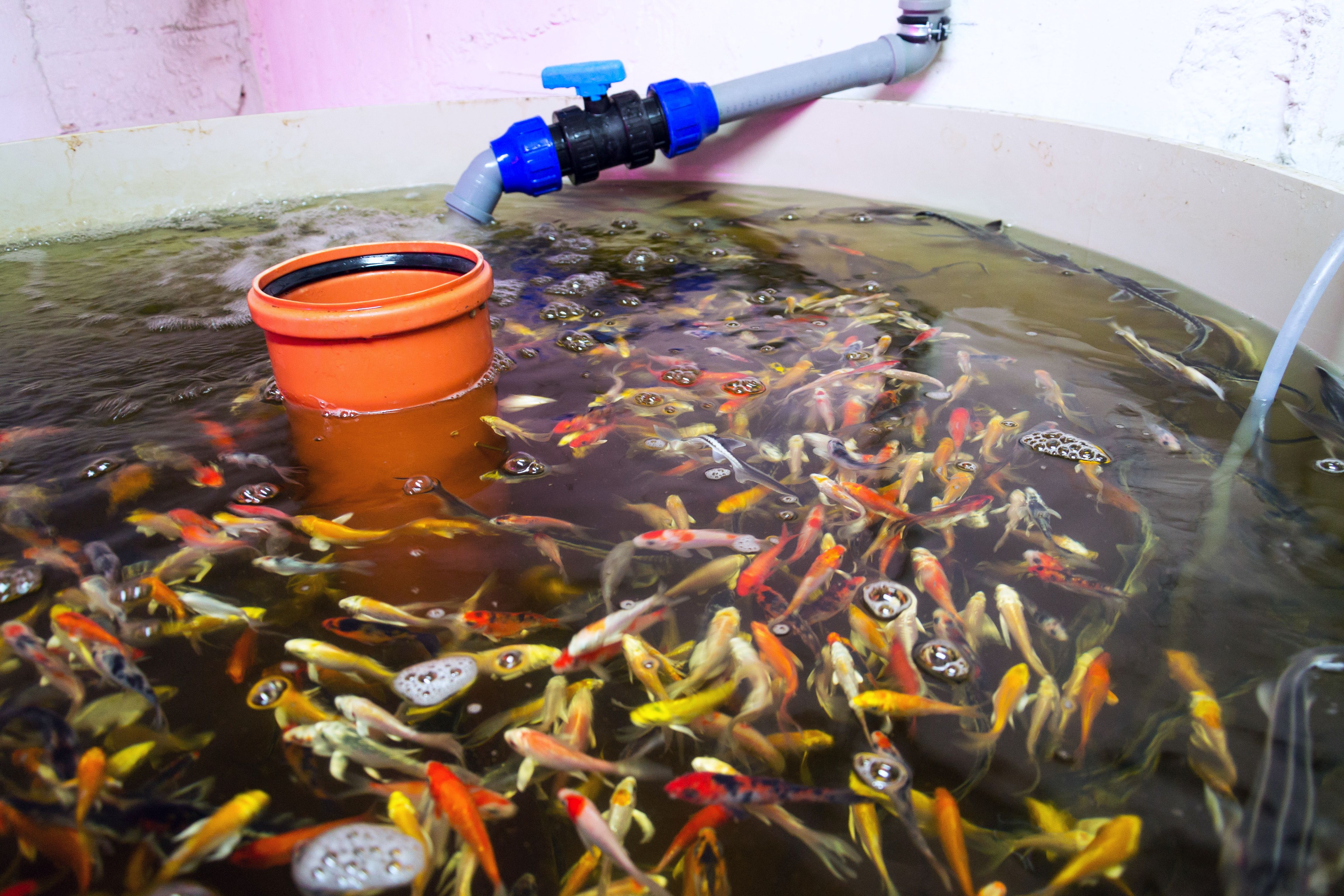Successful Sustainable Farming Business Models in California: A Case Study
Introduction to Sustainable Farming in California
California, known for its diverse agricultural output, is leading the way in developing sustainable farming practices. As the demand for environmentally friendly and resource-efficient farming grows, many businesses are adapting innovative models to meet these needs. This blog post explores some of the most successful sustainable farming business models in California through a detailed case study analysis.

Understanding Sustainable Farming
Sustainable farming aims to meet current food needs without compromising the ability of future generations to do the same. This approach focuses on maintaining healthy ecosystems, conserving resources, and promoting biodiversity. In California, where agriculture is a major economic driver, sustainable practices are crucial for long-term success.
Key components of sustainable farming include soil health management, water conservation, renewable energy usage, and waste reduction. California farmers are increasingly adopting these practices to ensure that their operations remain viable and environmentally responsible.
Case Study: The Organic Farm Model
One of the prominent examples of sustainable farming in California is the organic farm model. These farms focus on producing high-quality organic produce without harmful chemicals or genetically modified organisms. By using natural fertilizers and pest control methods, organic farms promote ecological balance and maintain soil fertility.

A notable success story is a family-owned organic farm in Northern California that has consistently grown its market by offering a wide variety of seasonal fruits and vegetables. By participating in local farmers' markets and partnering with nearby restaurants, this farm has built a strong community presence while adhering to sustainable practices.
Innovative Aquaponics Systems
Aquaponics is another innovative model gaining traction in California's sustainable farming landscape. This system combines aquaculture (raising fish) with hydroponics (growing plants without soil) in a symbiotic environment. Fish provide natural nutrients for the plants, while the plants help purify the water for the fish.
An example of a successful aquaponics operation is a Southern California farm that uses this method to produce fresh vegetables and fish in a resource-efficient manner. By minimizing water usage and eliminating the need for chemical fertilizers, this model not only supports sustainability but also offers a lucrative business opportunity.

Community-Supported Agriculture (CSA)
Community-supported agriculture (CSA) programs are becoming increasingly popular in California as a way to connect consumers directly with local farmers. In a CSA model, consumers purchase shares of a farm's harvest in advance, providing farmers with a stable income and reducing financial risks.
One successful CSA program in Central California has grown its membership by offering diverse produce boxes delivered directly to customers' homes. This model fosters a strong sense of community and encourages consumers to support local, sustainable agriculture.
The Role of Technology in Sustainable Farming
Technology plays a critical role in enhancing sustainable farming practices. In California, many farms are leveraging cutting-edge technologies such as precision agriculture, which uses data analytics to optimize crop yields while reducing resource inputs. Drones, sensors, and satellite imagery help farmers monitor crop health and make informed decisions.

A successful example is a vineyard in Napa Valley that uses technology to manage water usage more efficiently. By employing advanced irrigation systems and real-time soil moisture monitoring, this vineyard minimizes water waste while maintaining high-quality grape production.
Conclusion: The Future of Sustainable Farming in California
California's sustainable farming models serve as inspiring examples for other regions aiming to balance agricultural productivity with environmental stewardship. By adopting innovative practices and technologies, these farms not only contribute to a healthier planet but also build resilient businesses capable of thriving in the long term.
As consumer awareness and demand for sustainable products continue to grow, it's expected that more farms will follow these pioneering models, ensuring a sustainable future for California's agricultural industry.